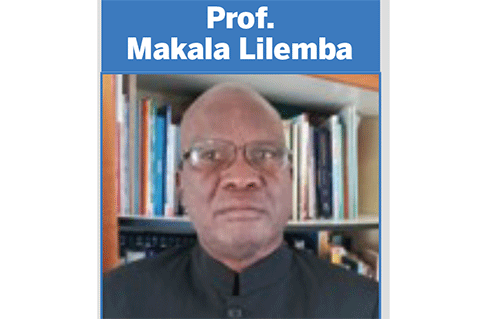For easy and manageable ranking, the Zambezi region can be divided into four routes radiating from the central zone of development, which is the town of Katima Mulilo. Each route has experienced some form of developmental challenges.
For easy referencing, route one could be indicated as one radiating from Katima Mulilo through Schuckmansburg, Nsundwa, Ikaba, Muzii, Kasika and Impalila.
Route two covers areas radiating from Katima Mulilo through Bukalo up to Ngoma. Route three takes the Linyanti Road starting from Katima Mulilo through Kanono, Chinchimane, Linyanti, Malengalenga, Sangwali, Sauzuo and Lyanshulu.
The fourth and final route starts from Katima Mulilo, going through Kasheshe, Kaliyangile, Sibbinda, Makanga, Masida, Kongola, Sesheke and Singalamwe.
These routes have witnessed some forms of development in terms of education and general attainments.
But it is the fourth route which has been at the bitter receiving end of development.
The sad fact is that the route was first disadvantaged by the loss of livestock, especially cattle which fell prey to sleeping sickness, which was caused by the tsetse fly.
There was a surge of tsetse in all directions of the Zambezi, and they had to suffer for a number of years from loss of cattle through nagana (sleeping sickness), of which the livestock of the fourth route were completely wiped out from Singalamwe up to Sibbinda.
Cattle only started coming into route four from the mid-sixties through buying or bartering.
This led to many parents failing to take their children to Kanono and Mulumba, which offered senior primary education.
Consequently, the route lagged in terms of educational development, which uplifts the living standards of the people.
Despite this setback, the parents of this route tried to catch up with other routes which were advantaged.
Sadly, the educated young people of this route have failed to appreciate the efforts put in by their parents in trying to shape a better lifestyle for them.
This group of people have failed to advance developmental efforts through unity, but have actually concentrated on divisive and time-wasting exercises, not realising that time and tide wait for no man.
The developmental train was started before the dawn of independence, and the people of this route were supposed to embrace the tempo and speed of the train.
But alas, the majority of residents of the fourth route remain adamant and still relish the illogical argumentative stance, even when “the writing on the wall” is clear.
What is equally encouraging is that the fourth route contributed greatly to the liberation of this country.
Equally astonishing is that despite this enormous contribution, the route remains politically marginalised.
For 32 years into independence, the route has only seen one minister in Cabinet.
The Kongola-Kalubi-Sesheke-Sikaunga-Singalamwe corridor, whose children opened the Swapo Primary School in exile, is completely sidelined.
One may add the exclusion of this corridor in terms of appointing people to Cabinet positions.
If the residents of this route were united and spoke with one voice, the powers that be could appoint residents of this route, who sacrificed and suffered for the liberation of this country.
Eyes are upon the next administration, to gauge whether it will appoint one Cabinet minister from this route.
Namibia has mechanisms in place to address some of the previous injustices. It is possible to elevate some of the residents of this route to some senior positions by using affirmative action.
The best place would be either at the Zambezi Regional Council, or the local authority of the Katima Mulilo Town Council. Of course, there are qualified people along the route, who can be elevated to some positions.
But because other groups have consolidated themselves in some senior positions, it becomes too difficult to penetrate the employment wall.
The party list of the president could have been used to squeeze some party members or an ordinary person into the major list. Currently, there are members of parliament who have been picked by the head of state at his discretion.
Surely, people from this route and corridor have more quality and qualifications for such picking. But because the route lacks collective bargaining for a common purpose, sometimes this leads to lesser pressure from the residents, which may have made an indelible mark on the political bastion. Nevertheless, the political entity in this country should not forget the role played by this route in ushering political independence and self-determination.
If this happens, then the political masters should not blame the residents of this route for not voting for them.
This has happened, as all constituencies were captured by either the opposition party or independent candidates, despite the presence of many exilees in these areas. Another caution is that if the educated lot from the said routes do not amalgamate to forge ahead with one common agenda of development, the gap between them and other routes will be widened.
This will lead to the routes being left behind when it has the capacity and resources to compete with others.
It is, therefore, necessary that the residents of these routes sit together and come up with solutions to issues which both divide and unite them.
It is a fact that there are many more issues which unite the routes than those which divide them.
The residents should try to work at issues which unite them, and come up with solutions for the sake of the development and security of future generations.


